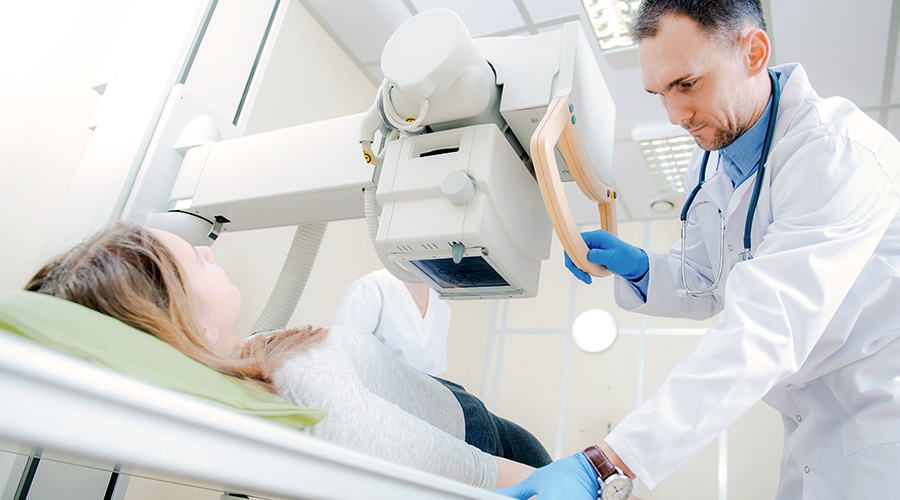For decades, avascular necrosis (AVN) of the femoral head was regarded as a degenerative...
What To Do When Suffering Radiation Treatment Side Effects

Radiation is a mainstay of cancer treatment—and for many cancers it can be lifesaving—but side effects are still common.
RADIATION TREATMENT SIDE EFFECTS CAN FALL INTO TWO MAIN CATEGORIES: ACUTE AND DELAYED
Acute Radiation Injury: These are injuries that occur directly after the radiation exposure. Most of the time, these injuries heal completely with good, supportive medical care.
Delayed Radiation Injury: If an acute radiation injury lasts greater than six months, or if an injury develops six months after radiation exposure, a delayed radiation injury has occurred. Symptoms can include non-healing wounds, pain, inflammation, or even tissue necrosis (tissue death).
Someone who experiences this type of radiation injury may not even be aware he or she is suffering from an injury related to radiation treatment, since such injuries can occur decades after the initial treatment. However, side effects that go unaddressed could cause further health issues and daily discomfort.
WHEN DETERMINING HOW TO TREAT SIDE EFFECTS FROM DELAYED RADIATION INJURY, CONSIDER HYPERBARIC OXYGEN THERAPY AS A POSSIBLE SOLUTION.
Hyperbaric oxygen therapy (HBOT) first gained recognition as a successful treatment for decompression sickness, otherwise known as the "Bends"—a negative condition that affects divers. However, studies have shown this therapy treatment could help people with other ailments, such as concussions, diabetic foot ulcers, failed skin grafts, and radiation damage caused by radiation treatments.
In fact, a 2006 review discussed by The Cochrane Collaboration®, a non-profit organization, highlights the potential of HBOT.
“There is some evidence that HBOT improves outcome in late radiation tissue injury affecting bone and soft tissues of the head and neck, for radiation proctitis and to prevent the development of osteoradionecrosis following tooth extraction in an irradiated field," explains the analysis, titled “Hyperbaric Oxygen Therapy for Late Radiation Tissue Injury."
Another study, published in December 2017 by the peer-reviewed journal Clinics in Surgery, also demonstrates HBOT as a viable remedy for those with radiation treatment side effects. Taking place from January 2013 to December 2014 and including 25 patients diagnosed with radiation proctitis and cerebral radionecrosis, the study reports findings of "decreased symptoms of cerebral necrosis, radiation proctitis and also improved life quality." Furthermore, it concludes that, "Hyperbaric oxygen is an effective and useful therapy for radiation necrosis and proctitis."
These results underscore HBOT's many benefits for those suffering from delayed radiation therapy injuries.
Delayed radiation injury is recognized by the FDA as an approved condition for HBOT, and thus, in most instances delayed radiation injuries will be covered by insurance and Medicare. If you or a loved one is experiencing health issues and have undergone radiation treatment in the past, consult an HBOT provider to discover whether you are experiencing radiation tissue damage, and whether HBOT can help.
{Updated: February 11, 2019}

Written by Alan Katz, MD, FUHM, FACEP, FAAEM
Dr. Alan Katz, National Medical Director of Hyperbaric Medical Solutions (HMS), is double board certified in Emergency Medicine and Hyperbaric Medicine. He directs clinical operations, education and research initiatives, and the integration of other regenerative medicine therapies....
Read More



